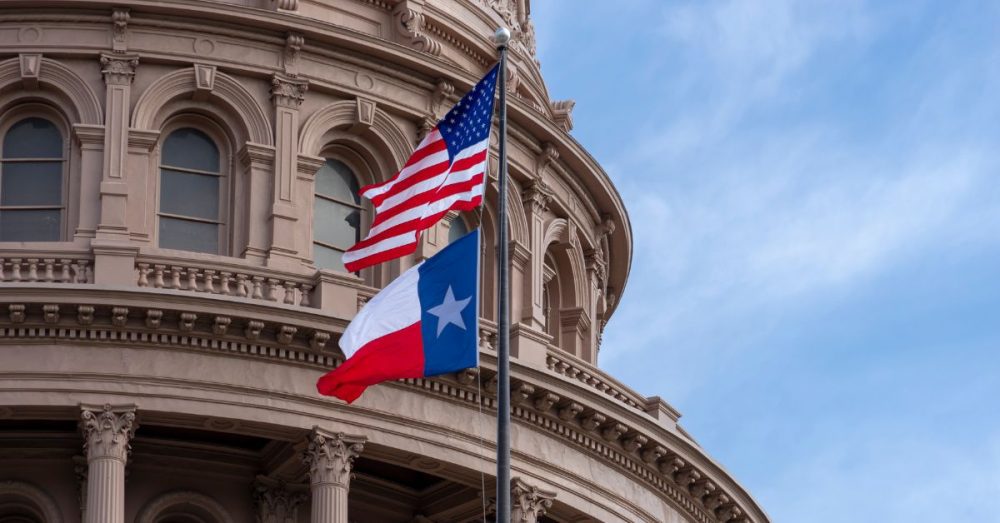The Federal Reserve announced today that it will maintain its benchmark interest rate, keeping the federal funds rate between 4.75% and 5%.
This decision marks a pause after a notable 50-basis-point cut in September 2024, reflecting a cautious stance amid cooling inflation, a resilient job market, and uncertainties tied to potential trade policies under the Trump administration.
For the Dallas-Fort Worth (DFW) marketplace, this steady rate environment carries significant implications for housing, commercial real estate, and consumer dynamics.
The Fed’s latest move follows a period of aggressive rate hikes to tame inflation, which has since moderated toward the central bank’s 2% target.
National job growth remains solid, though consumer spending has shown signs of softening. With President Donald Trump’s second term underway, discussions of tariffs—including a proposed 25% levy on Canada and Mexico and a 10% tariff on Chinese imports—add a layer of complexity.
The Fed’s decision to hold rates suggests it’s monitoring these variables closely before committing to further adjustments.
In DFW, a region known for its economic momentum, this pause offers both predictability and hurdles across key sectors.
DFW’s housing market has defied national trends, with home prices up 3.5% year-over-year as of early 2024, even as mortgage rates linger near 7%.
The Fed’s decision to maintain rates means borrowing costs won’t ease significantly in the near term, keeping affordability out of reach for many first-time buyers.
However, inventory has climbed sharply from pandemic-era lows, giving buyers more options and pushing average sales to 97% of list price.
New construction, a driver of DFW’s expansion, faces headwinds from sustained high borrowing costs. With 36,000 multifamily units currently under construction—down from a peak of 64,000—developers may scale back further in 2025.
Yet, the metroplex’s population, now exceeding 8.4 million, continues to drive demand, especially in fast-growing suburbs like Frisco and Prosper.
The commercial real estate sector in DFW mirrors the Fed’s cautious outlook. Industrial space, fueled by logistics and e-commerce, reports a 9.5% vacancy rate, largely due to an influx of new projects rather than economic weakness.
Asking rents hold firm at $9.78 per square foot, though high interest rates could cool investor appetite for new developments in the coming year.
Retail remains a bright spot, with a vacancy rate of just 4.8% and 15 million square feet of net absorption since 2021, outpacing national benchmarks.
Steady rates provide retailers with planning stability, though office markets face slower job growth, challenging downtown Dallas’s recovery.
For DFW residents, the Fed’s decision keeps borrowing costs elevated. Credit card rates, auto loans, and small business financing remain expensive, potentially crimping discretionary spending and entrepreneurial ventures in a region celebrated for its startup culture.
This employment strength supports consumer resilience, even as high rates encourage caution. The balance between job security and borrowing costs will shape spending patterns through 2025.
Looming federal policy adds uncertainty. Proposed tariffs on key trading partners could raise costs for goods and construction materials, impacting DFW’s manufacturing base and Gulf Coast refineries.
The Fed’s pause suggests it’s waiting to assess these risks, leaving local businesses and consumers to brace for potential ripple effects.
The Fed’s steady rates signal a holding pattern, not a pivot. For DFW, this means a housing market with more supply but persistent affordability issues, a commercial sector balancing growth and caution, and consumers navigating opportunity alongside constraint.
The region’s knack for adaptation—evident in its population surge and economic diversity—will be key as it faces these headwinds.
As 2025 progresses, DFW’s marketplace will test its resilience. The Fed may be on pause, but this metroplex keeps moving.


